Growth in Automotive Sector
The Hydroxyl Terminated Polybutadiene Market is significantly influenced by the automotive sector, which is witnessing a shift towards advanced materials for manufacturing. HTPB is increasingly utilized in the production of adhesives, sealants, and coatings due to its superior bonding capabilities and flexibility. The automotive industry is projected to expand at a rate of around 4.5% annually, driven by the demand for lightweight and high-performance materials. As manufacturers aim to enhance vehicle safety and efficiency, the incorporation of HTPB in various automotive applications is likely to rise. This trend not only supports the growth of the Hydroxyl Terminated Polybutadiene Market but also aligns with the broader movement towards sustainable automotive solutions.
Increasing Focus on Renewable Energy
The Hydroxyl Terminated Polybutadiene Market is also influenced by the growing emphasis on renewable energy sources. HTPB is utilized in the production of solid rocket propellants, which are essential for various renewable energy applications, including space exploration and satellite launches. As the global push for sustainable energy solutions intensifies, the demand for HTPB in these applications is expected to rise. The renewable energy sector is projected to grow at a compound annual growth rate of around 6.1%, indicating a robust market for HTPB. This trend highlights the potential for the Hydroxyl Terminated Polybutadiene Market to expand in alignment with the global energy transition.
Expansion in Construction Applications
The Hydroxyl Terminated Polybutadiene Market is poised for growth due to its expanding applications in the construction sector. HTPB is increasingly used in the formulation of sealants and coatings that provide excellent adhesion and durability. The construction industry is projected to grow at a rate of approximately 3.8% annually, driven by urbanization and infrastructure development. As construction projects demand materials that can withstand harsh environmental conditions, HTPB's properties make it an attractive option. This trend indicates a promising future for the Hydroxyl Terminated Polybutadiene Market, as it aligns with the increasing need for high-performance materials in construction.
Rising Demand in Aerospace Applications
The Hydroxyl Terminated Polybutadiene Market is experiencing a notable increase in demand from the aerospace sector. This is primarily due to the material's excellent mechanical properties and its ability to withstand extreme temperatures. As aerospace manufacturers seek lightweight and durable materials for aircraft components, hydroxyl terminated polybutadiene (HTPB) emerges as a preferred choice. The market for aerospace applications is projected to grow at a compound annual growth rate of approximately 5.2% over the next few years, indicating a robust demand for HTPB. Furthermore, the increasing focus on fuel efficiency and performance enhancement in aircraft design further propels the adoption of HTPB, thereby solidifying its position in the Hydroxyl Terminated Polybutadiene Market.
Technological Innovations in Production
The Hydroxyl Terminated Polybutadiene Market is benefiting from ongoing technological innovations in production processes. Advances in polymerization techniques and the development of more efficient manufacturing methods are enhancing the quality and reducing the costs of HTPB. These innovations are likely to increase the availability of HTPB in various industries, including aerospace, automotive, and construction. As production becomes more streamlined, the Hydroxyl Terminated Polybutadiene Market may experience a surge in demand, as manufacturers seek cost-effective and high-quality materials. This trend suggests a dynamic shift in the market landscape, driven by technological advancements.


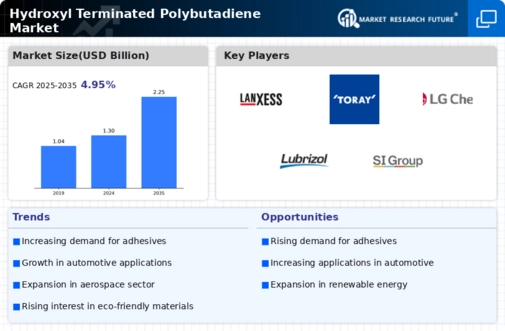
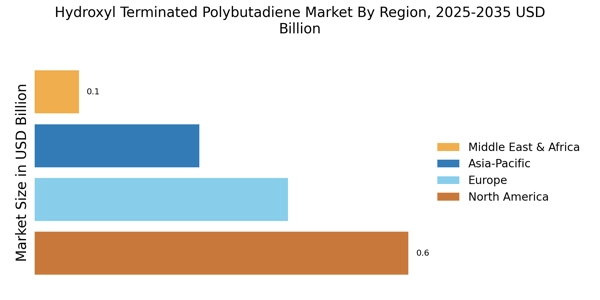


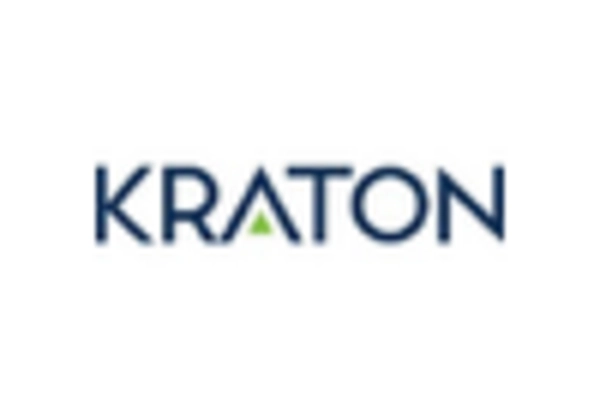
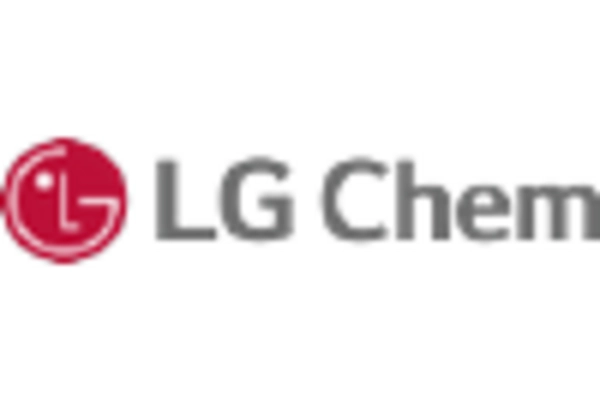
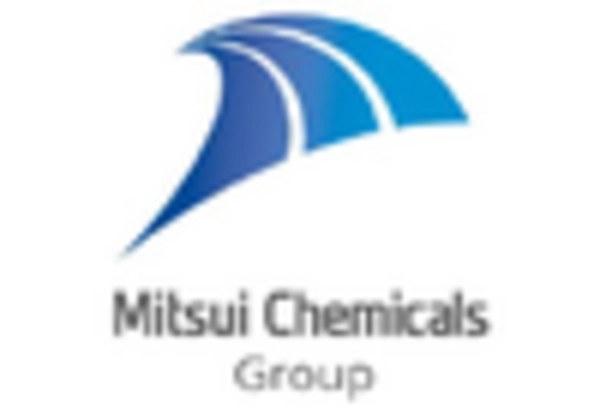
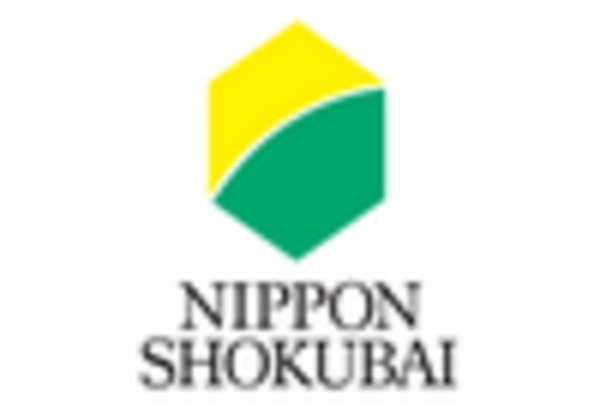








Leave a Comment